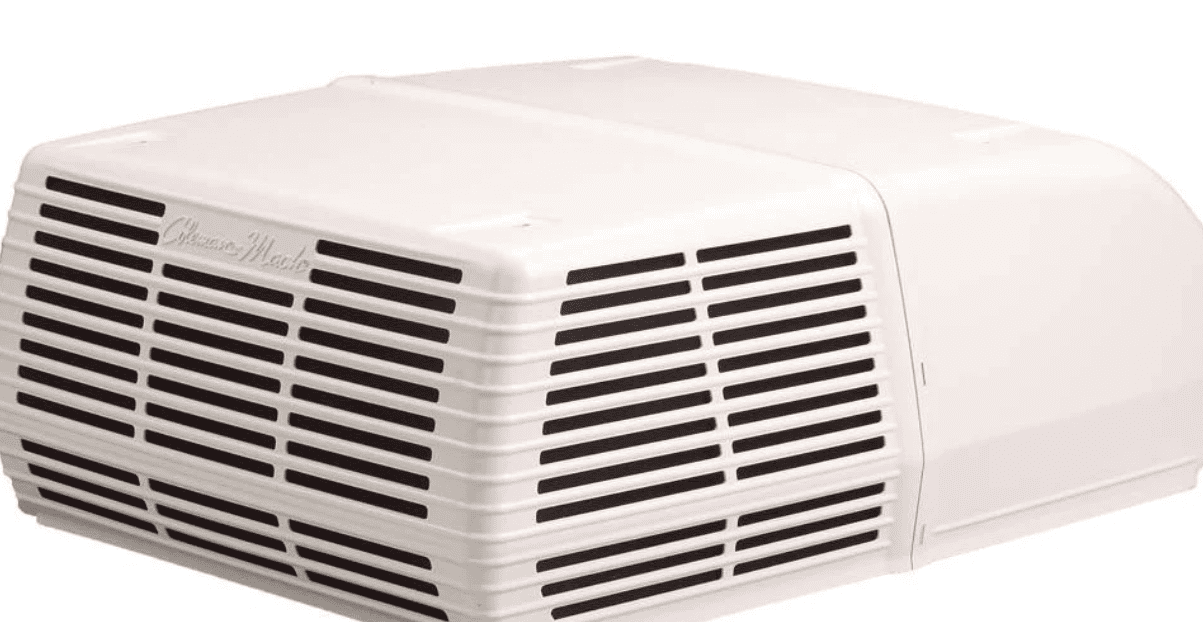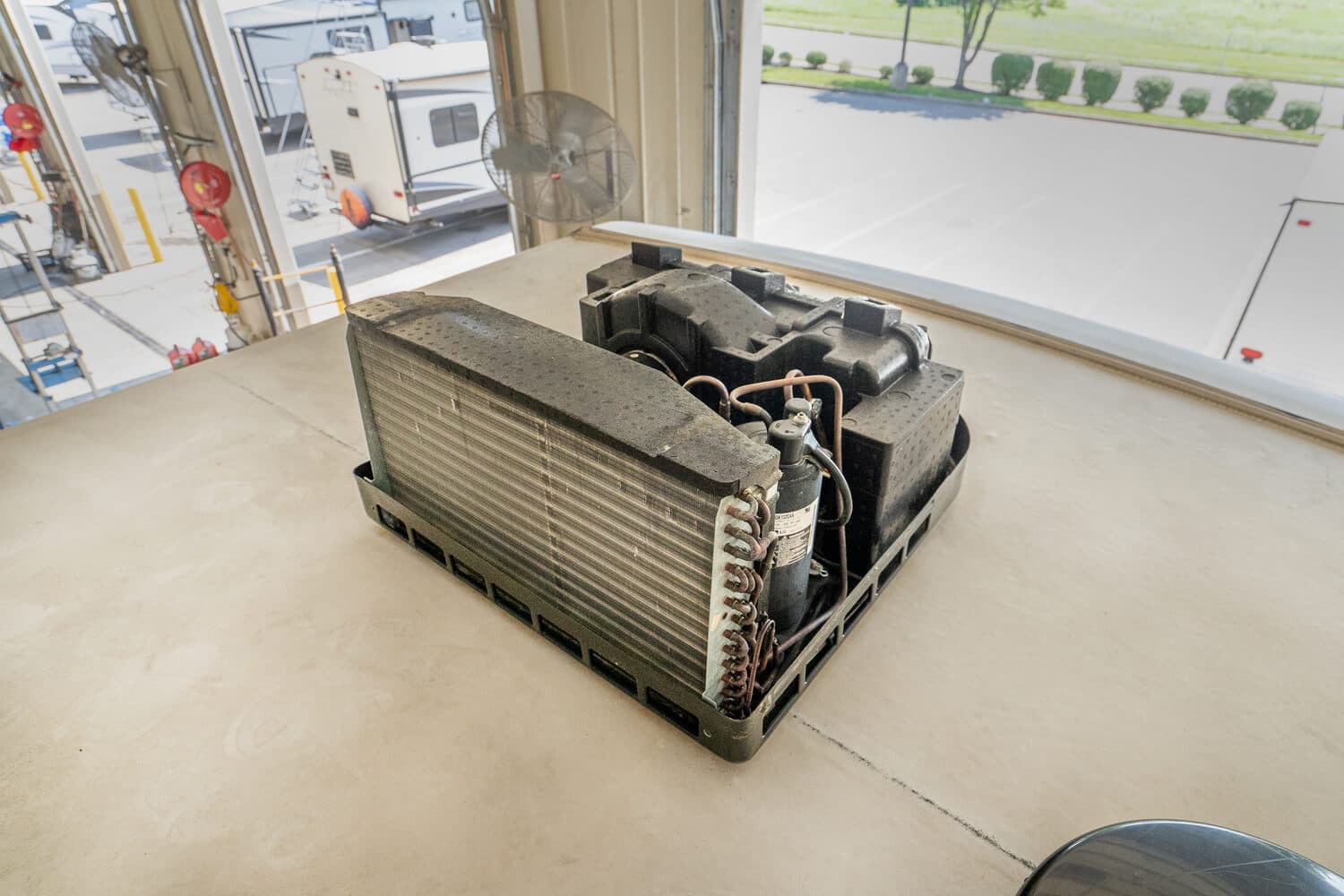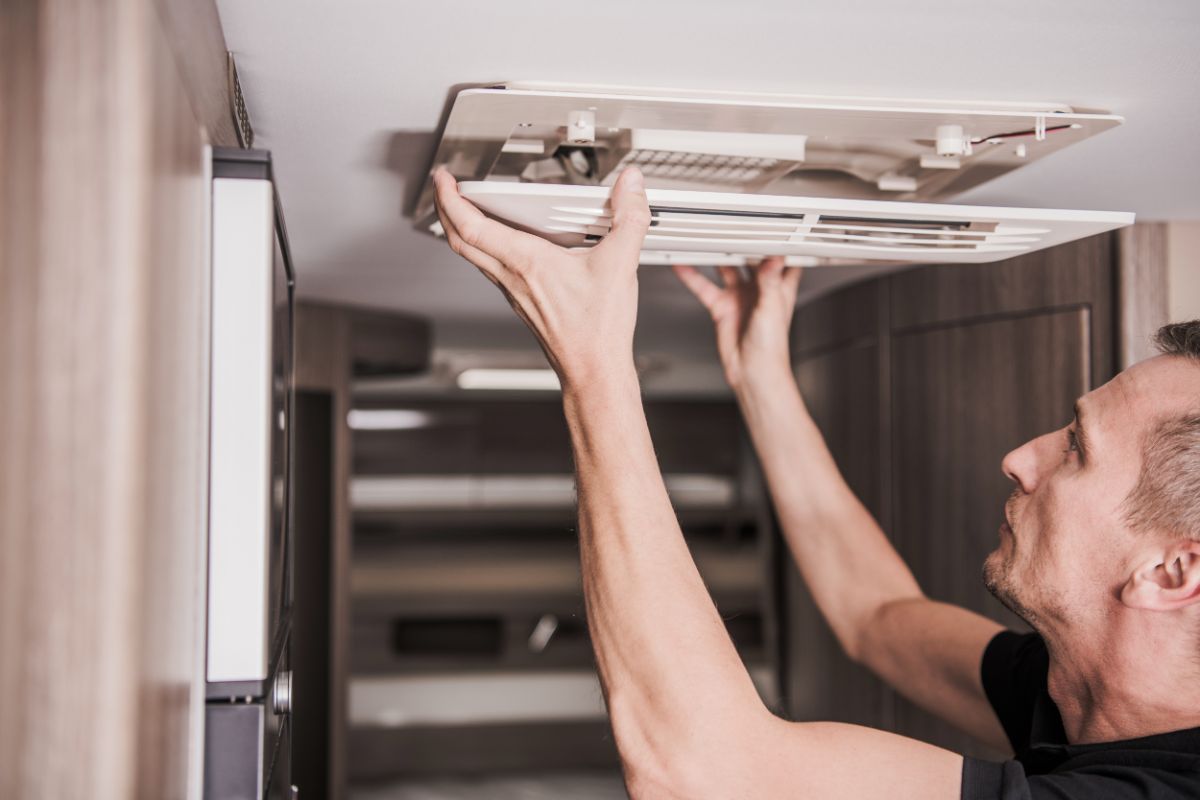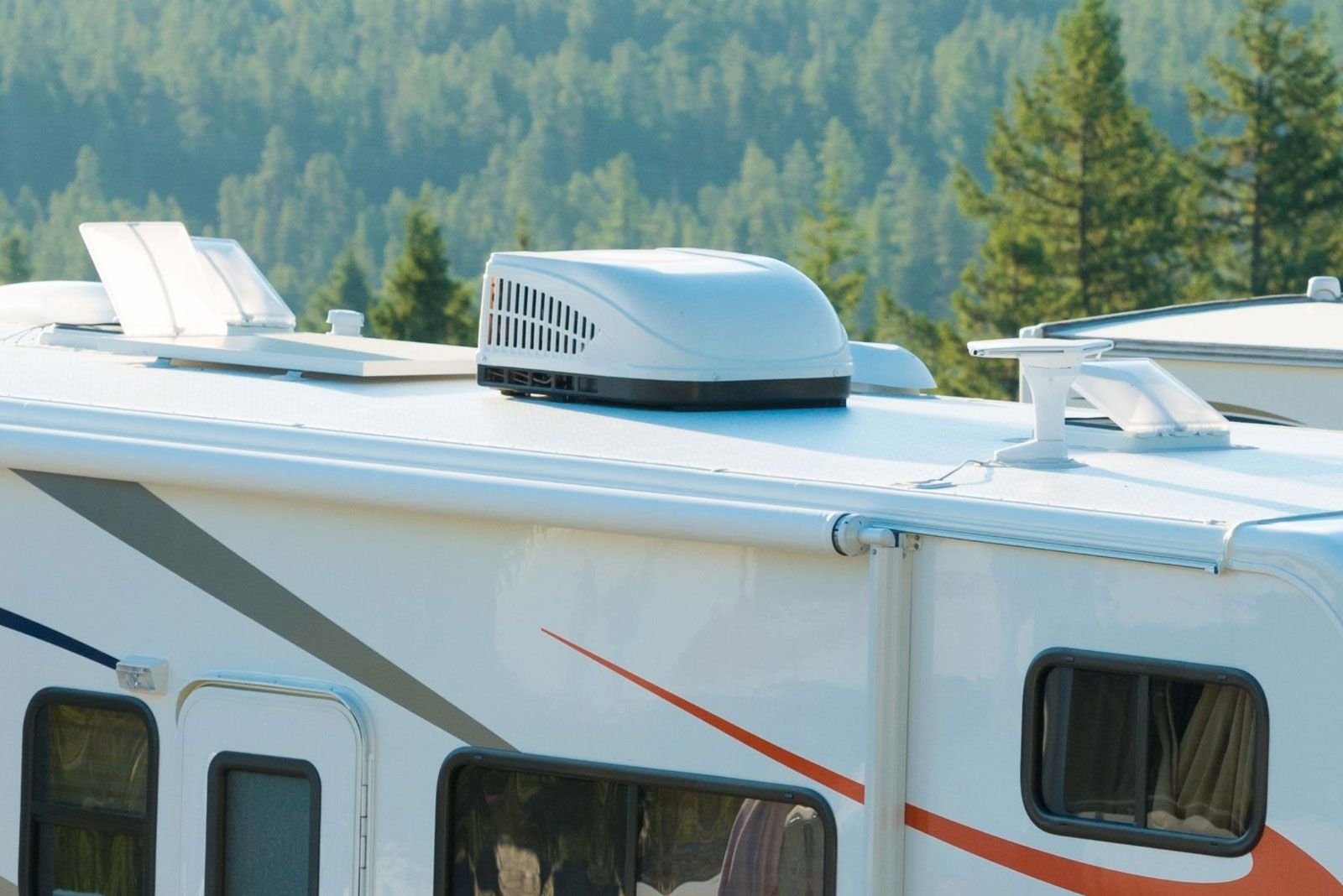How Long Does An Rv Air Conditioner Last

RV air conditioners are essential for comfortable travel, especially during hot summer months. However, like any appliance, they have a lifespan and eventually need replacement. Understanding how long an RV air conditioner typically lasts, factors that influence its longevity, and proactive maintenance strategies can help you maximize your investment and avoid unexpected breakdowns on the road. This article provides a comprehensive guide to RV AC lifespan, maintenance, and energy-efficient upgrades for budget-conscious RV owners.
Typical Lifespan of an RV Air Conditioner
Generally, a well-maintained RV air conditioner can last between 3 to 5 years. Some units may even exceed this lifespan with meticulous care, while others might fail sooner due to heavy use, inadequate maintenance, or harsh environmental conditions. Several factors contribute to this range, and knowing these can help you proactively extend the life of your cooling system.
Factors Affecting RV AC Lifespan
Several key elements play a role in determining how long your RV air conditioner will function optimally. These include:
- Usage Frequency: The more frequently you use your AC, especially in demanding conditions, the shorter its lifespan may be. Constant operation puts more strain on the components, leading to faster wear and tear.
- Climate: Extremely hot and humid climates force the AC to work harder and longer to maintain a comfortable temperature. This increased workload significantly impacts lifespan.
- Maintenance: Regular maintenance, including cleaning filters and coils, is crucial. Neglecting maintenance can lead to reduced efficiency and premature failure.
- Quality of the Unit: Higher-quality units from reputable manufacturers are generally built with more durable components and may last longer than cheaper alternatives.
- RV Storage: How and where you store your RV during the off-season can also affect AC lifespan. Protecting the unit from the elements is essential.
- Voltage Fluctuations: RV parks can sometimes experience voltage fluctuations, which can damage the AC compressor and other electrical components.
Extending the Life of Your RV AC: Proactive Maintenance
Regular maintenance is paramount for maximizing the lifespan of your RV air conditioner and ensuring optimal performance. Here’s a breakdown of essential maintenance tasks:
Regular Cleaning of Filters and Coils
Air filters prevent dust, dirt, and debris from entering the AC unit. A dirty filter restricts airflow, forcing the unit to work harder, decreasing efficiency, and potentially damaging the compressor. Clean or replace your air filters every two to four weeks, or more often if you frequently travel in dusty environments. Evaporator and condenser coils also accumulate dirt and dust over time. Clean these coils at least twice a year using a coil cleaner specifically designed for RV air conditioners. Dirty coils reduce the unit's ability to transfer heat, leading to decreased cooling performance and increased energy consumption.
Inspect and Clean the Condenser Fan
The condenser fan helps dissipate heat from the condenser coil. Ensure the fan blades are clean and free from debris. A malfunctioning fan can cause the unit to overheat, leading to serious damage. Check the fan motor for signs of wear or unusual noises and lubricate it as needed, following the manufacturer's instructions.
Check for Leaks and Damage
Regularly inspect the AC unit for any signs of leaks, such as water stains or corrosion. Address any leaks promptly to prevent further damage. Also, examine the housing and seals for cracks or damage, and repair them as needed to prevent moisture and contaminants from entering the unit.
Proper Winterization
If you live in a climate with freezing temperatures, winterizing your RV is crucial. Remove any standing water from the AC unit and cover it with a protective cover to prevent damage from snow, ice, and debris. Consider storing your RV in a covered or indoor location to further protect the AC unit from the elements.
Voltage Protection
Invest in a surge protector specifically designed for RVs. This will protect your AC unit from voltage spikes and fluctuations, which can damage the compressor and other electrical components. A quality surge protector can be a worthwhile investment to safeguard your RV's electrical system.
Recognizing Signs of RV AC Failure
Being able to identify the signs of a failing RV air conditioner can help you address issues before they escalate into major problems. Here are some common indicators:
- Reduced Cooling Performance: If your AC is not cooling as effectively as it used to, it could be a sign of a problem. This could be due to a refrigerant leak, a dirty condenser coil, or a failing compressor.
- Unusual Noises: Grinding, squealing, or rattling noises from the AC unit are often indicators of mechanical problems. These noises could be caused by worn bearings, a loose fan blade, or a failing motor.
- Increased Energy Consumption: If you notice a sudden increase in your RV's energy consumption while using the AC, it could be a sign that the unit is working harder than it should. This could be due to a dirty filter, a refrigerant leak, or a failing compressor.
- Water Leaks: Water leaks from the AC unit can indicate a clogged drain line or a more serious problem, such as a refrigerant leak. Address any leaks promptly to prevent water damage.
- Cycling On and Off Frequently: Short cycling, where the AC unit turns on and off frequently, can indicate a problem with the compressor or the thermostat. This can also lead to increased energy consumption and reduced cooling performance.
Energy-Efficient Upgrades and Replacements
If your RV air conditioner is nearing the end of its lifespan or is consistently underperforming, consider upgrading to a more energy-efficient model. These newer units offer several advantages, including:
Higher SEER Ratings
SEER (Seasonal Energy Efficiency Ratio) measures the cooling efficiency of an air conditioner. Higher SEER ratings indicate greater energy efficiency. Look for RV air conditioners with SEER ratings of 13 or higher to maximize energy savings. Replacing an older, less efficient unit with a high-SEER model can significantly reduce your energy consumption and lower your cooling costs. The initial investment may be higher, but the long-term savings will outweigh the cost.
Smart Thermostats and Controls
Integrating a smart thermostat with your RV air conditioner allows you to remotely control the temperature and create customized cooling schedules. This can help you optimize energy usage and ensure your RV is always comfortable when you arrive. Many smart thermostats also offer features like geofencing, which automatically adjusts the temperature based on your location, and energy usage monitoring, which provides insights into your cooling habits.
Variable-Speed Compressors
Some newer RV air conditioners feature variable-speed compressors, which can adjust their cooling output based on the demand. This allows for more consistent temperature control and reduced energy consumption compared to traditional single-speed compressors. Variable-speed compressors also operate more quietly, providing a more comfortable RV experience.
Solar Integration
Consider integrating solar panels with your RV's electrical system to power your air conditioner. Solar panels can significantly reduce your reliance on grid electricity and lower your energy costs. While the initial investment in solar panels can be substantial, the long-term savings and environmental benefits make it a worthwhile consideration. Many RV parks also offer incentives for RVs equipped with solar panels.
ROI and Energy Savings: Making the Case for Upgrades
Investing in energy-efficient RV air conditioning upgrades can provide a significant return on investment (ROI) over time. While the initial cost of a new high-SEER unit or smart thermostat may be higher, the long-term energy savings will offset the expense. To calculate the potential ROI, consider the following factors:
- Current Energy Consumption: Estimate your current energy consumption for cooling your RV. This can be done by monitoring your electricity bills or using an energy monitor.
- Potential Energy Savings: Research the energy savings associated with upgrading to a more efficient RV AC unit or implementing smart controls.
- Rebate Programs: Check for any available rebates or incentives from your local utility company or government agencies for energy-efficient upgrades. Energy Star provides a database of available rebates.
- Cost of Installation: Factor in the cost of installation for the new AC unit or smart thermostat.
By comparing the initial investment with the potential energy savings and available rebates, you can determine the payback period for your investment and make an informed decision about upgrading your RV's air conditioning system.
Professional Installation and Maintenance
While some RV owners may be comfortable performing basic maintenance tasks, it's often best to leave more complex repairs and installations to qualified HVAC professionals. A licensed HVAC technician can properly diagnose problems, perform repairs, and ensure that your AC unit is operating safely and efficiently. Professional maintenance can also extend the life of your RV air conditioner and prevent costly breakdowns.
When selecting an HVAC contractor, look for someone with experience working on RV air conditioning systems. Ask for references and check online reviews to ensure you're hiring a reputable and qualified professional.
Conclusion
Understanding the lifespan of your RV air conditioner, implementing proactive maintenance strategies, and considering energy-efficient upgrades can help you maximize your investment and enjoy comfortable and cost-effective RV travel. By taking the time to properly care for your AC unit and making informed decisions about replacements and upgrades, you can ensure that your RV remains a comfortable home away from home for years to come.










